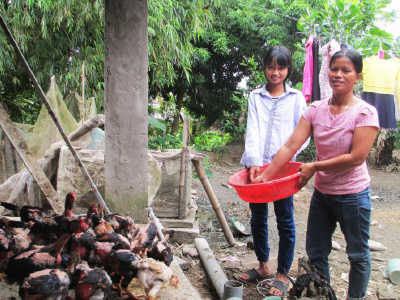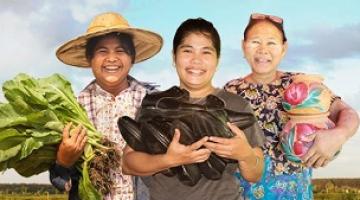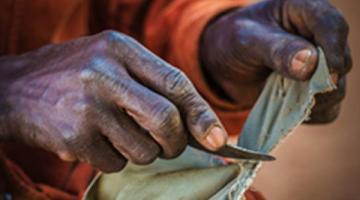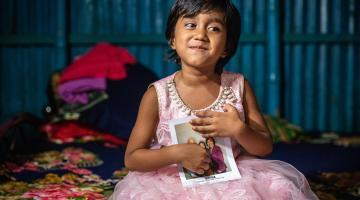Livelihood & Microfinance
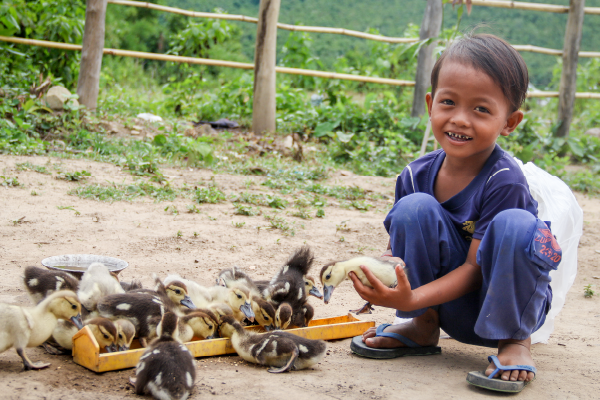
700 million people – one in 10 people in the world – live in extreme poverty on less than US$2.15 a day. The impact of extreme poverty on children’s development is significant – malnutrition among young children from developing countries is about 2.5 times higher in the poorest families compared with the richest2.
The world’s poorest citizens – those furthest behind – lack the means to pull themselves forward. Even for the more enterprising, banks refuse to grant loans due to their lack of collateral or credit history, so they are unable to start and grow a small business.
The poor are often excluded from economic opportunities, and in particular, women are the most affected.
They are not paid as much as men and are often discriminated against. Gender norms often relegate women to household roles and exclude them from decision-making on household expenditure.
You can help break this cycle by providing microfinance to entrepreneurs!
With microfinance, small livelihood loans are given to vulnerable, but enterprising villagers, especially women, so they can start and/or grow their small businesses or farms. With improved livelihoods, parents can do more for their children - providing them nutritious meals and ensuring their continued education. In time, this can lift and transform an entire community.
1 World Bank “Fact Sheet: An Adjustment to Global Poverty Lines”, May 2022
2 Morgan R. ed. 2016: The Global Child Poverty Challenge, Practical Action Publishing, Rugby, UK
Key Challenges
|
Lack of Capital Poor farmers are unable to afford essential agricultural inputs, like plant fertilisers and animal vaccines, to boost their productivity. |
|
|
Lack of Education and Knowledge The poor are often uneducated and lack the skills that can land them better paying jobs. Those who are farmers may also lack the necessary know-how to maintain or improve their yields. |
|
|
Limited Job Opportunities The job market in villages is small. This shrinks even further during the dry season when farms do not need workers. Often, the only way to get better jobs is to move to urban areas, but many who make the move, including children, end up being exploited instead. |
|
|
Weak Institutions and Financial Infrastructure Bigger markets nearer cities offer better prices for goods, but are too far away. Instead, the poor often rely on middlemen, who take a cut of their profits, or borrow instead from local money lenders with high interest rates. |
